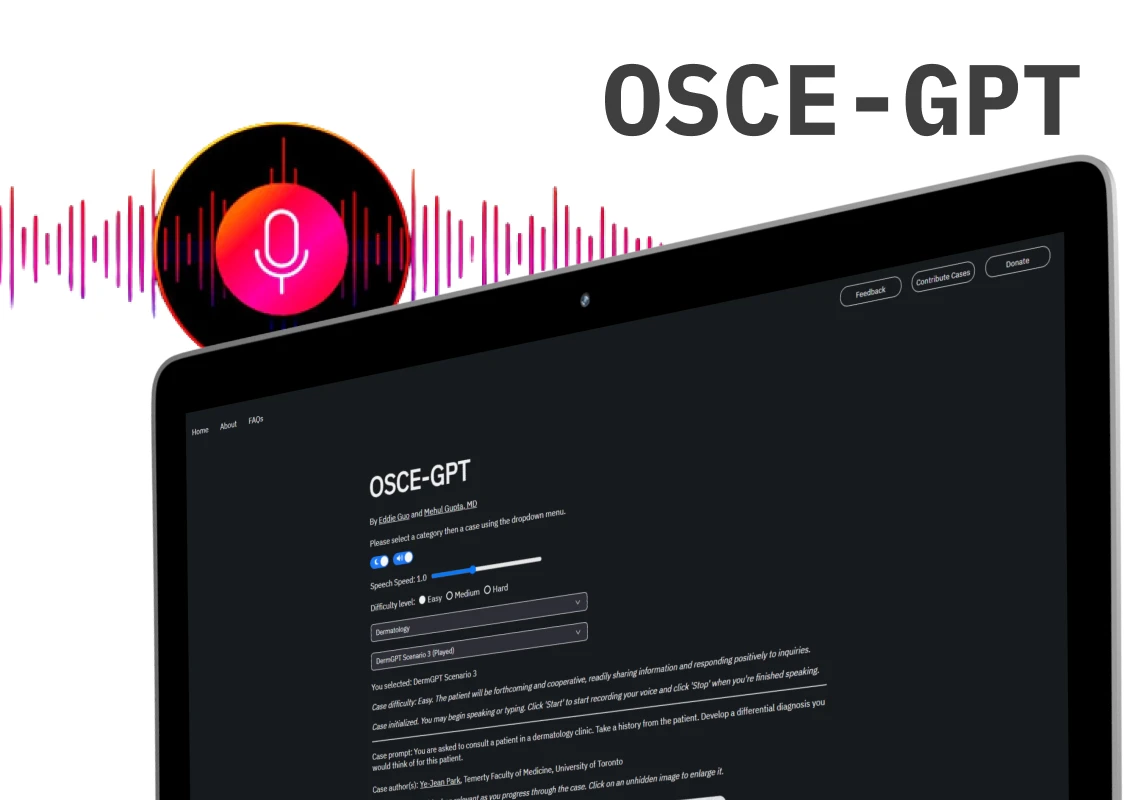Introduction
The lifeblood of any startup lies in validating ideas and getting them to market efficiently. Proof of Concept (POC) and Minimum Viable Product (MVP) are two cornerstones of achieving this goal. While POC development services help validate technical feasibility, MVP development services can translate those ideas into a basic, market-ready version for real-world testing. Understanding the strengths and limitations of both approaches empowers startups to navigate the uncertainties of product development and make informed decisions.
Understanding Proof of Concept (POC)
What is a POC?
A Proof of Concept (POC) is a preliminary model used to demonstrate the feasibility of an idea or method. It is designed to test whether a concept or theory has practical potential. Typically, a POC is utilized when there is uncertainty about the technical feasibility or market need for a project. Startups might create a POC to verify assumptions, test technical aspects, and get early feedback from stakeholders without investing in full-scale development.
How does POC help?
- See if it can be built: A POC helps you check if your idea can work from a technical standpoint. Like a test kitchen recipe, it lets you see if the ingredients (technology) can create the final dish (product).
- Boost confidence for investors: A working POC can be like a mini-demo for people who might invest in your idea. It shows them you’re not just talking, but actively proving your concept has potential.
- Test the waters quickly and cheaply: A POC is like a small boat compared to a giant ship. It’s faster and cheaper to build than a full product, letting you explore your idea without a huge investment.
What are the limitations of POC?
While POCs are beneficial, they come with certain constraints:
- Limited view: Think of a POC as a peekhole, not a full window. It gives you a basic idea if something works, but not all the details of a final product.
- Not the final product: A POC is a starting point, not the finished product. The things you learn from it might require more development to become a real product people can use.
- Can take away from other tasks: Focusing too much on a POC can be like spending all your time planning a party and forgetting to buy food. Make sure building a POC doesn’t distract from other important startup tasks.
“I have not failed. I’ve just found 10,000 ways that won’t work.” – Thomas Edison
POC Success Stories
1. Dropbox: Explainer Video
- Challenge: Gaining user trust to store data in the cloud.
- POC: A clear and concise animated explainer video showcasing the problem of scattered documents and the solution Dropbox offers.
- Result: The video went viral, garnered user interest, and secured funding.
- Key Takeaway: Even a non-technical POC can be successful.
2. SwipeWell: Landing Page
- Challenge: Validating demand for a mental health app to find therapists.
- POC: A well-designed landing page explaining the value proposition and capturing signups for early access.
- Result: Gained user interest and gathered valuable data on user needs and preferences.
- Key Takeaway: A landing page can help gauge user interest and inform product development.
3. Instacart: Simple Prototype
- Challenge: Testing the feasibility of grocery delivery.
- POC: Founder built a basic prototype to connect customers with grocery shoppers.
- Result: The prototype helped attract investors and build the Instacart platform.
- Key Takeaway: A simple prototype can help test core functionalities and secure investment.
Exploring Minimum Viable Product (MVP)
What is an MVP?
A study published explored how the concept of MVPs has evolved in the Lean Startup methodology. They found that at its core, an MVP is a way to test core functionalities with real users as early as possible. This initial version allows you to gather valuable feedback and validate your product idea with minimal investment. The study also highlights the importance of MVPs in mitigating development risks. By getting your product in front of real users early on, you can ensure you’re building something that solves a genuine problem and has market fit.
Imagine you have a brilliant idea for a new product or service. But before you invest a ton of money building it, wouldn’t it be great to see if there’s a market for it? That’s where MVPs come in.
An MVP, or Minimum Viable Product, is a basic, working version of your product that you can release to a small group of users. Here’s why building an MVP is a smart move:
- Test the Market: You can see how real people react to your idea. Do they find it useful? Is there a demand for it? This helps you avoid wasting time and money building something nobody wants.
- Early Revenue: Believe it or not, some MVPs can start generating income! This can be a huge boost for your startup and help you keep things running while you develop the full product.
- Get Feedback and Improve: The most important thing you get from an MVP is user feedback. This tells you what people like (and dislike!) about your product. You can then use this feedback to make improvements before launching the full version.
In addition to this, if you’re looking to delve deeper into the process of building an MVP, check out this comprehensive guide to build MVP
Here are some common myths about MVPs debunked:
- Myth: It’s just a prototype. Wrong! An MVP is a functional product, not just a fancy mock-up.
- Myth: Only startups use them. Not true! Any business can benefit from testing new ideas with an MVP before a big launch.
- Myth: It’s the finished product. Nope! An MVP is the starting point. You’ll use feedback to keep improving it.
Why are MVP development services essential for startup success? Many startups lack the in-house expertise and resources required to develop an MVP effectively. Partnering with an MVP development services company can provide them with the necessary skills, experience, and proven processes to navigate the MVP development journey.
MVP Success Stories
1. Spotify
The Journey: Spotify didn’t launch with a feature-laden behemoth. They started lean, testing their core concept – fast and reliable music streaming – with a limited audience. This MVP garnered valuable user feedback, allowing them to refine the experience before large-scale development.
Lesson Learned: Start with a core function, gather user insights, and iterate based on feedback. This approach can transform your idea into a dominant force like Spotify.
2. LinkedIn
The Path to Success: In 2003, LinkedIn launched with a bare-bones MVP. Users could create profiles, connect with colleagues, and search for others. Despite lacking fancy features, it allowed them to test the core concept: a professional networking platform.
Takeaway: Don’t overcomplicate the initial offering. Focus on the core value proposition and iterate based on user feedback to build a successful platform.
3. Amazon
The Humble Beginnings: Jeff Bezos, the visionary behind Amazon, didn’t launch with a complex e-commerce platform. He started with a basic website focused on selling books online at low prices. This MVP allowed him to test the market demand and refine his vision.
The Key Ingredient: Start with a core value proposition and test it with a basic MVP. This data-driven approach can lead to a thriving online empire, just like Amazon.
POC vs MVP: Key Differences
Imagine you have a great idea for a new product. But before you dive headfirst into development, there are two important steps to consider: Proof of Concept (POC) and Minimum Viable Product (MVP). Understanding the difference between these two approaches can help your startup make smarter decisions and reduce risks.
POC: Testing the Waters
Think of a POC as a simple experiment to see if your idea is technically feasible. It’s like building a small model to test the basic mechanics. This helps you identify any potential problems early on, saving you time and money in the long run. POCs are ideal for high-risk concepts where there’s a lot of uncertainty.
MVP: Getting Real User Feedback
An MVP is a basic, functional version of your product that you can release to a small group of early adopters. This allows you to see how real people interact with your product and gather valuable feedback. Think of it as a way to validate your market fit – is there a real need for your product? MVPs are perfect for ideas with clear potential, but you need to confirm if people will use it.
| Feature | Proof of Concept (POC) | Minimum Viable Product (MVP) |
| Objective | Validate technical feasibility and concept potential | Validate market fit and gather user feedback |
| Scope | Limited | Broader feature set catering to early adopters |
| Development Time & Cost | Quicker & Cheaper | More Investment |
| Usability & Market Testing | Limited user interaction; focuses on technical aspects | Emphasizes real-world usability and collects extensive user feedback |
| Ideal for | High-risk, innovative projects | Ideas with clear market relevance |
| Benefits | Reduces development risks, identifies limitations early | Early market validation, gathers user feedback, potential for revenue generation |
Choosing Between POC vs MVP: It Depends on Your Needs
While both POCs and MVPs offer valuable tools for startups, the ideal choice depends on your specific needs and project stage. Here’s a quick breakdown to help you decide:
Choose a POC if:
- Your concept is highly innovative or unproven. A POC helps validate the technical feasibility of your idea before significant investment.
- You need to address technical uncertainties. Use a POC to explore technical challenges and identify potential roadblocks early on.
- You’re seeking early investor buy-in. A well-executed POC can demonstrate the potential of your concept and attract investor interest.
Choose an MVP if:
- You have a clear understanding of your target market and their needs. An MVP allows you to gather real user feedback and validate market fit.
- Your goal is to test core functionalities and gather user insights. Focus on a minimal set of features that solve a specific problem for your target audience.
- You’re ready to iterate and improve based on user feedback. An MVP is a starting point, not a finished product. Be prepared to adapt and refine your product based on user data.
Remember, the POC vs MVP decision is not always black and white. In some cases, you might leverage both approaches. A POC could help validate a core concept, followed by an MVP to test market fit and gather user feedback.
Conclusion
Choosing the right path between POC vs MVP is crucial for the success of a startup. By understanding the unique benefits and limitations of each approach, startups can make informed decisions that align with their goals, resource availability, and market conditions. Whether it’s validating a high-risk concept through a POC or testing market viability with an MVP, the key lies in strategic planning and execution. For those ready to move beyond the POC stage and develop a minimum viable product to test with real users, partnering with a reputable MVP Development Services company can be a wise decision. These specialists can help startups bring their ideas to life efficiently and effectively.














 30 mins free Consulting
30 mins free Consulting 
 10 min read
10 min read 


 Canada
Canada 
 USA
USA 






 Love we get from the world
Love we get from the world 